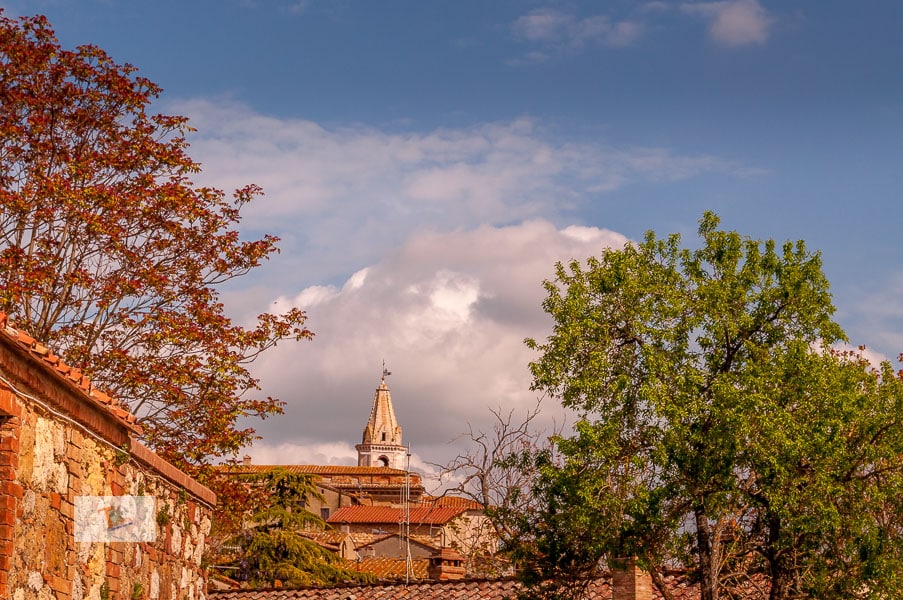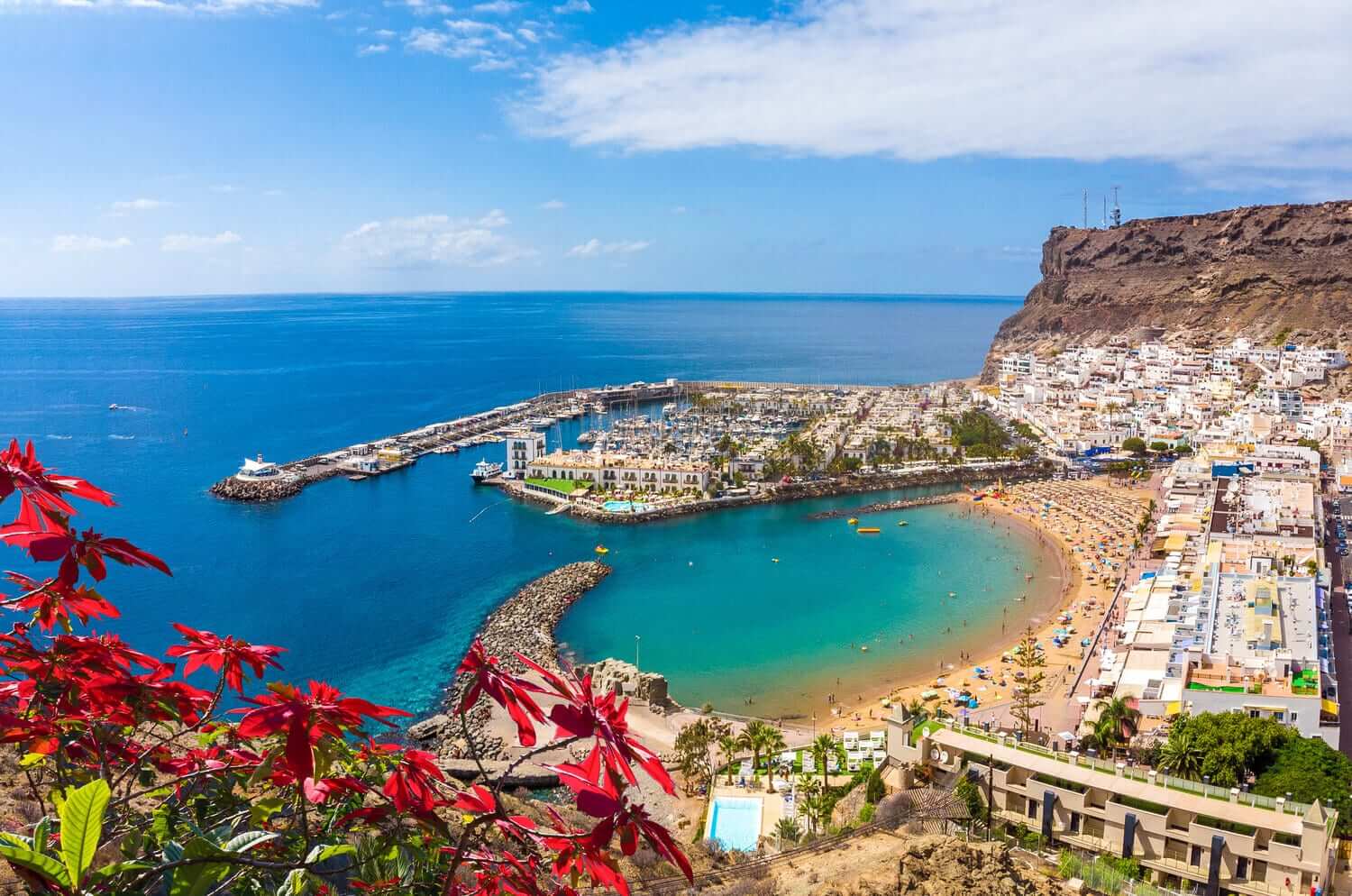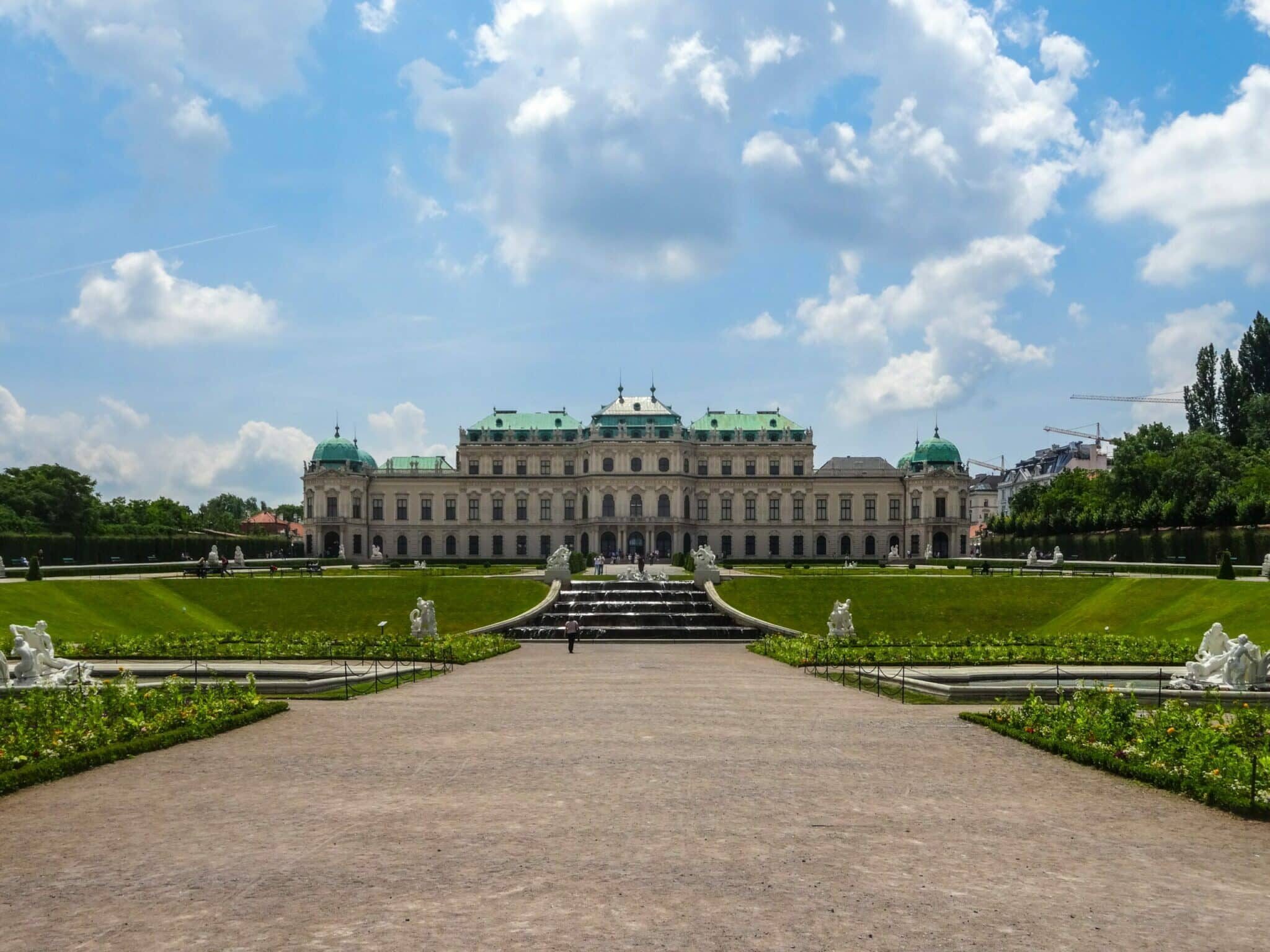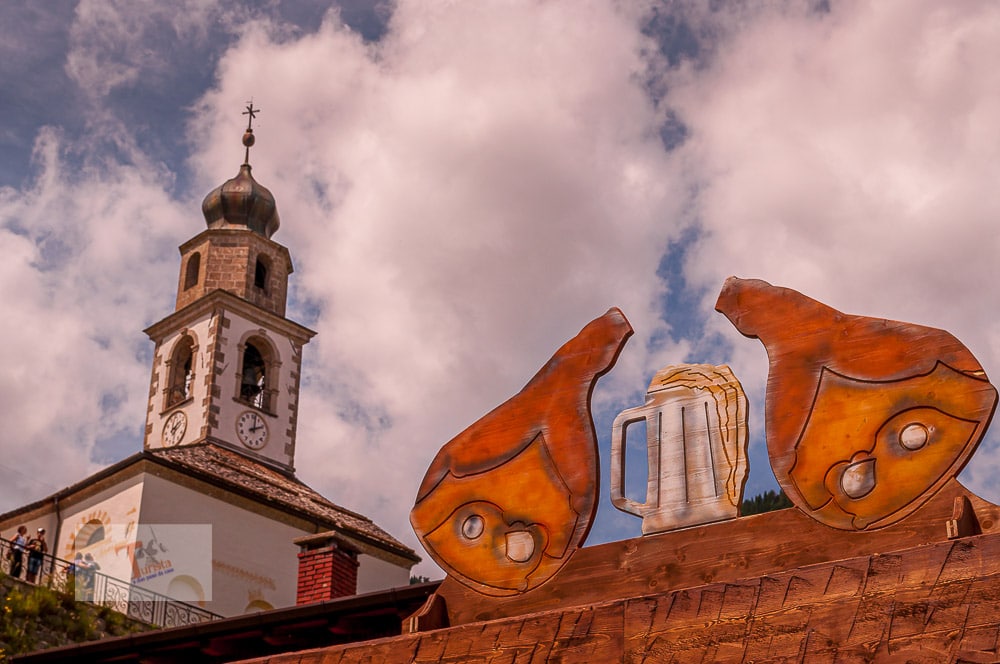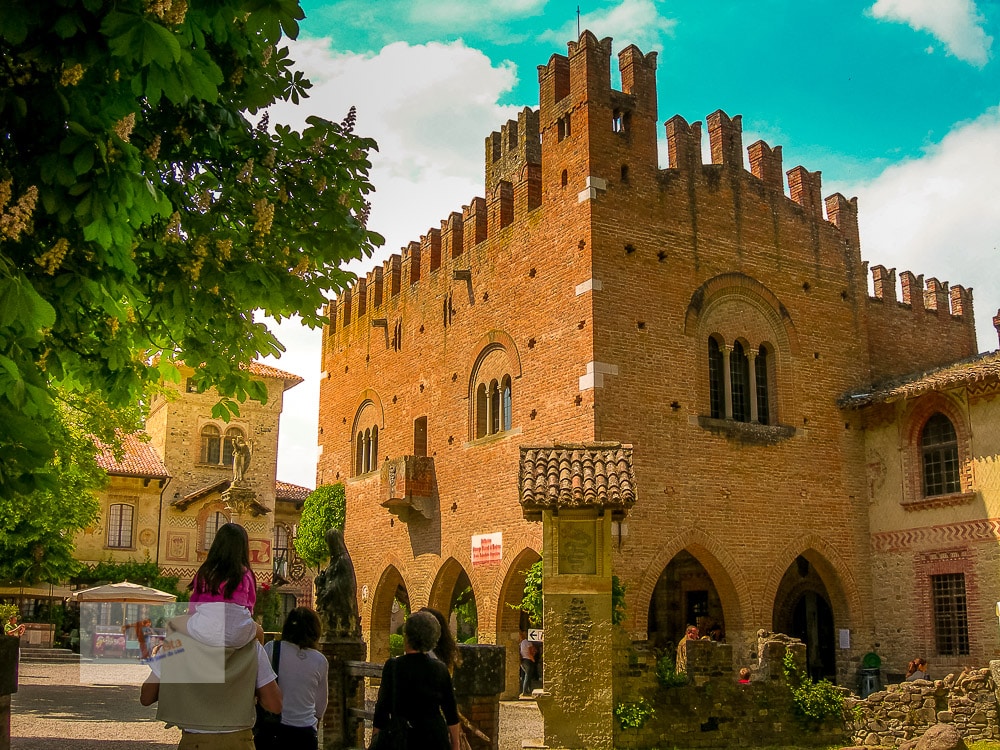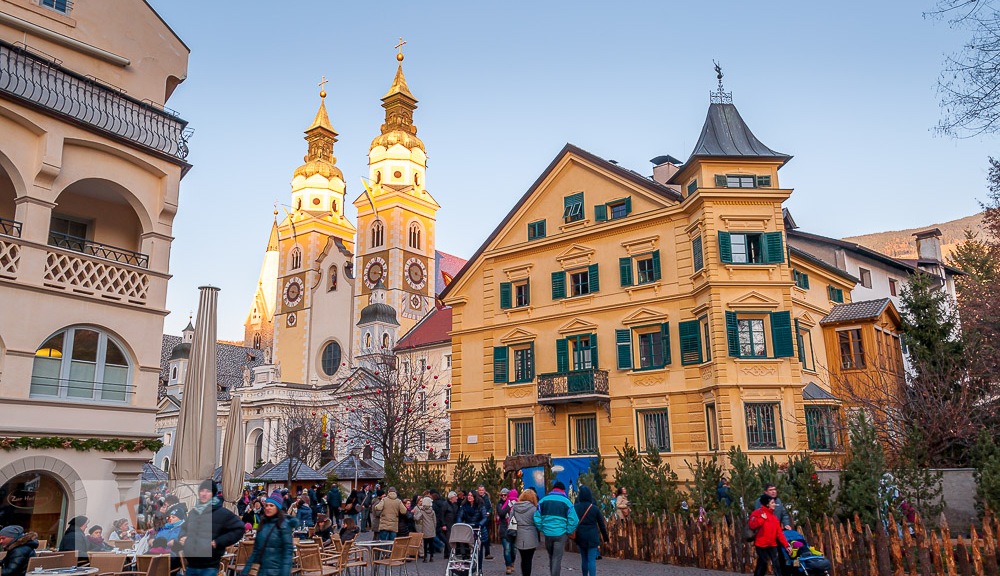We visit Pienza, in the province of Siena and known as the village of Pope Pius II
One of the most evocative villages of Tuscany, Pienza, in the province of Siena, is the birthplace of Enea Silvio Piccolomini, known because he became Pope and took the name of Pius II. The historic center of Pienza was declared a World Heritage Site by UNESCO in 1996 and is a set of monuments, sumptuous palaces and churches that have marked the life of this town in the Val d’Orcia.
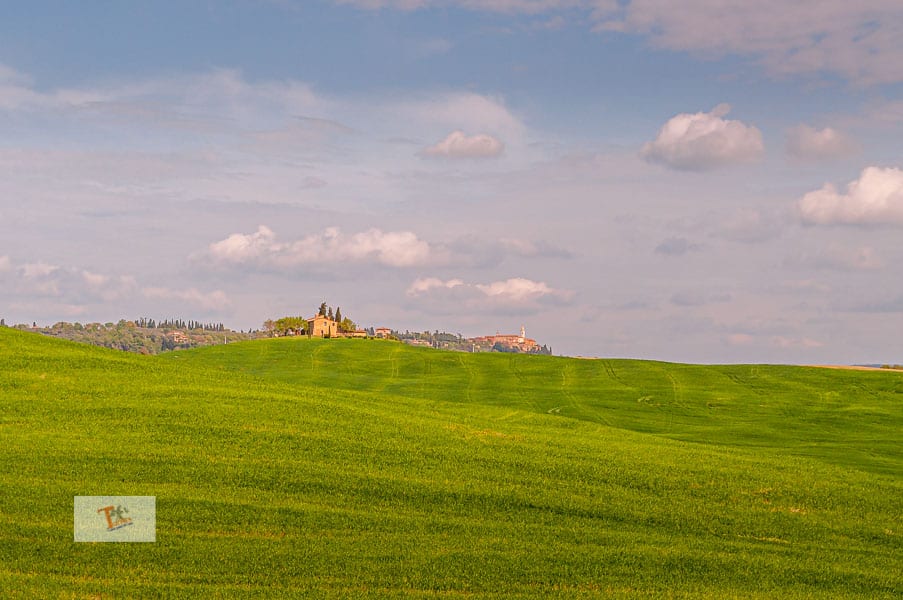
Pius II Square
The city center of Pienza is represented by Piazza Pio II. Strongly desired by Enea Silvio Piccolimini, and considered his model of “ideal city”. The project for the construction was entrusted to Bernardo Rossellino, who tried to put into practice the new, for that time, humanist conceptions of Renaissance society. The main monuments of the city, such as the Renaissance Cathedral of Santa Maria Assunta, overlook Piazza Pio II.
The Cathedral
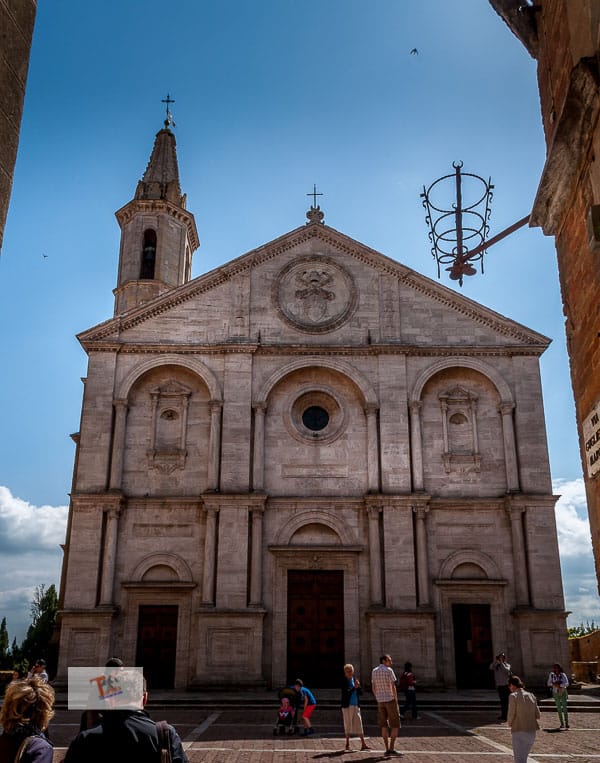
The Cathedral stands on the site of the ancient parish church, but in a different perspective and was built between 1459 and 1462 by the will of Pope Pius II. The exterior is reminiscent of the French Gothic churches, with a travertine facade, while the interior is divided into three naves and houses panels painted by the best painters of the time: Giovanni di Paolo, Matteo di Giovanni, the Vecchietta and Sano di Pietro. The wooden choir of Gothic style has been inserted in the apse. On the floor below the apse, there is the church of San Giovanni with the Rossellino Baptistery and the suggestive Duomo Galleries, which were built in the early 1900s to consolidate the structure of the Duomo.
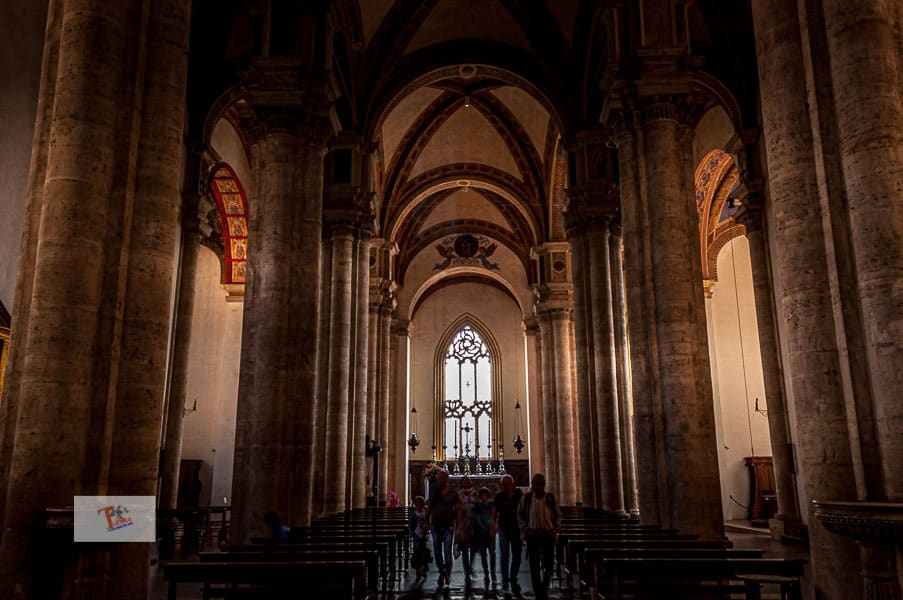
The Diocesan Museum, formerly the Cathedral Museum
Set up in the Palazzo Vescovile or Palazzo Borgia, among the preserved works there are Flemish tapestries from the 15th-16th centuries, wooden tables and sculptures by Bartolo di Fredi, Vecchietta and the Maestro dell’Osservanza. Furthermore, you can admire a meticulously carved boxwood cross and the famous Cope of Pius II, a very rare English work finely worked in gold filigree with over 150 embroidered figures.
Piccolomini Palace
Palazzo Piccolomini was the papal residence and today houses the rooms of another museum. Designed in the second half of the 15th century, it is inspired by the Palazzo Rucellai in Florence. It is among the earliest examples of Renaissance architecture. Inside you can visit the arms room, the Pope’s bedroom, the library and the medals of Pius II and Pius III. The loggia overlooking the hanging garden was one of the first of its kind in Europe, while the garden offers a splendid view over the Val d’Orcia.
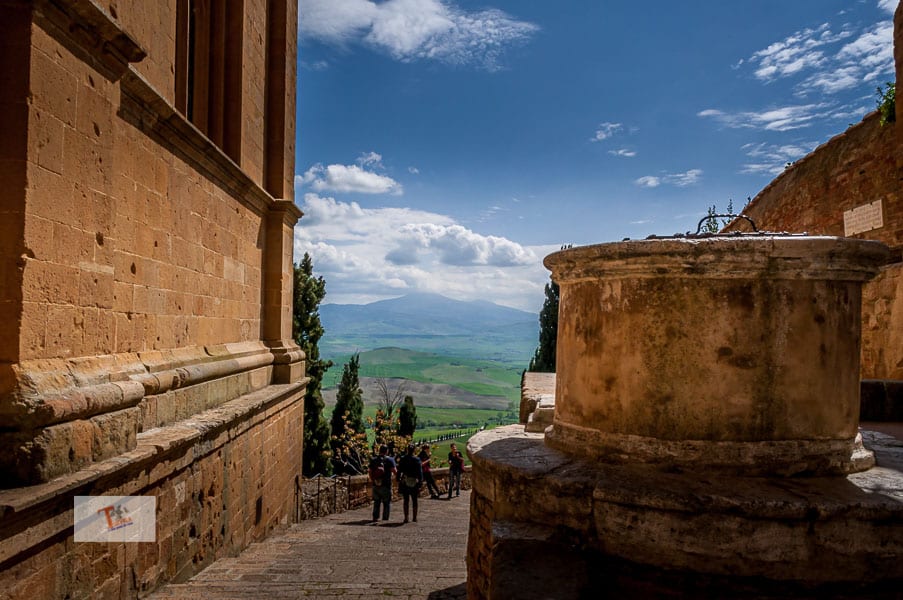
Town Hall
Also on Piazza Pio II is Palazzo Comunale, a work created by Rossellino, but remodeled in 1900. It has a tower with a clock. In the Sala del Consiglio, there is a fifteenth-century fresco of the Sienese school depicting a Madonna and Child and the Patrons of Pienza (San Vito, San Modesto and San Matteo).
Corso Rossellino
Along Corso Rossellino, on the other hand, we come across the ancient Church of San Francesco, with the typical layout of Franciscan churches, with a single nave, which preserves a table from the school of Duccio Boninsegna and frescoes from the fourteenth and fifteenth centuries, plus a Madonna attributed to Luca Signorelli. Also along the course, you can admire the facades of the Ammannati and Gonzaga Simonelli palaces, which belonged to Francesco Gonzaga, who was appointed cardinal by Pope Pius II in 1461.
Along the city streets, there are enchanting views, such as the one in Via del Casello from where you can enjoy the splendid view of the Val d’Orcia with Monte Amiata, the Rocca di Radicofani and the ridge on which Montalcino rests.
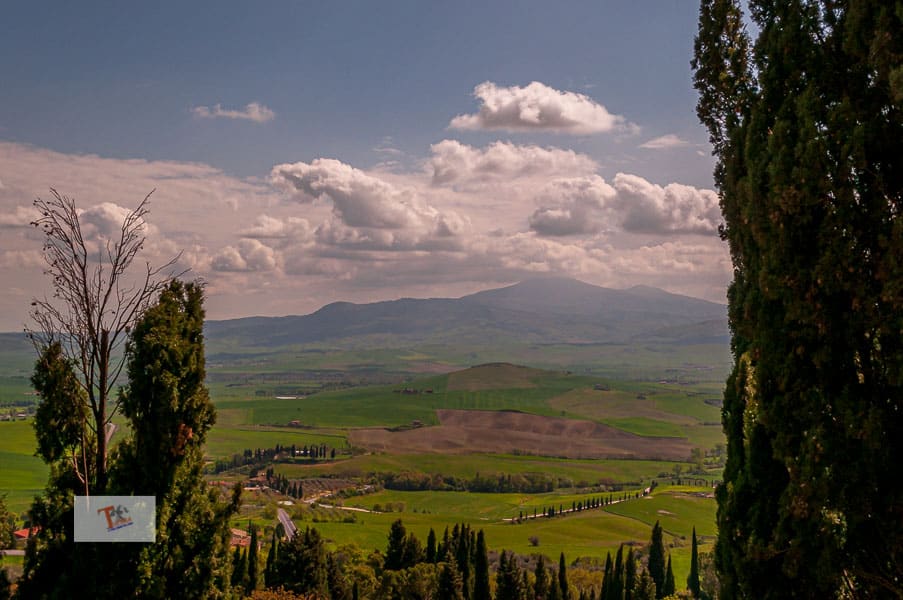
Always walking through the historic center you can see the “new houses” of Pius II. This is the neighborhood built for the workers who worked to build the papal palaces. The Gozzante district, the oldest in the city center, is worth a visit. The houses were built on the sandstone cliff overlooking the Val d’Orcia. Finally, the ancient fortress now homes to the San Carlo conservatory.
The parish church of Corsignano
In the immediate vicinity of Pienza stands the Pieve di Corsignano. An example of Romanesque art, it can be reached by going down the streets of the Fonti. From the decorated portals, the cylindrical bell tower is rich in culture. Of particular interest is the tiny crypt located under the presbytery.
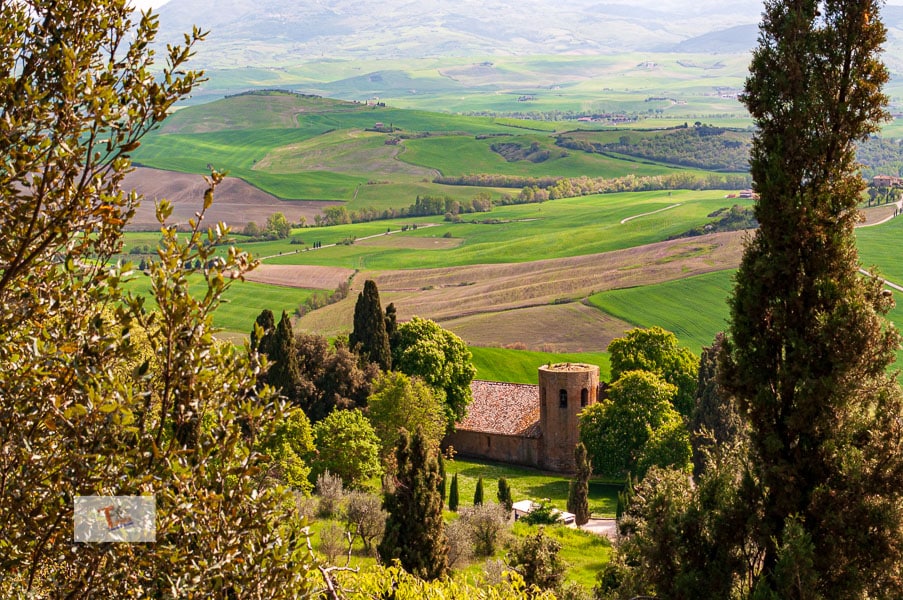
How do I get to Pienza
Pienza can be reached by car from the A1 motorway, Valdichiana-Bettolle exit for those coming from the south, then follow the road to Torrita di Siena. Coming from the North, take the Chiusi exit, then follow the Statale 146 up to Montepulciano and Pienza. By train, Florence-Rome line, Chiusi-Chianciano Terme station, then continue by bus. The closest airports are those of Florence and Perugia.

